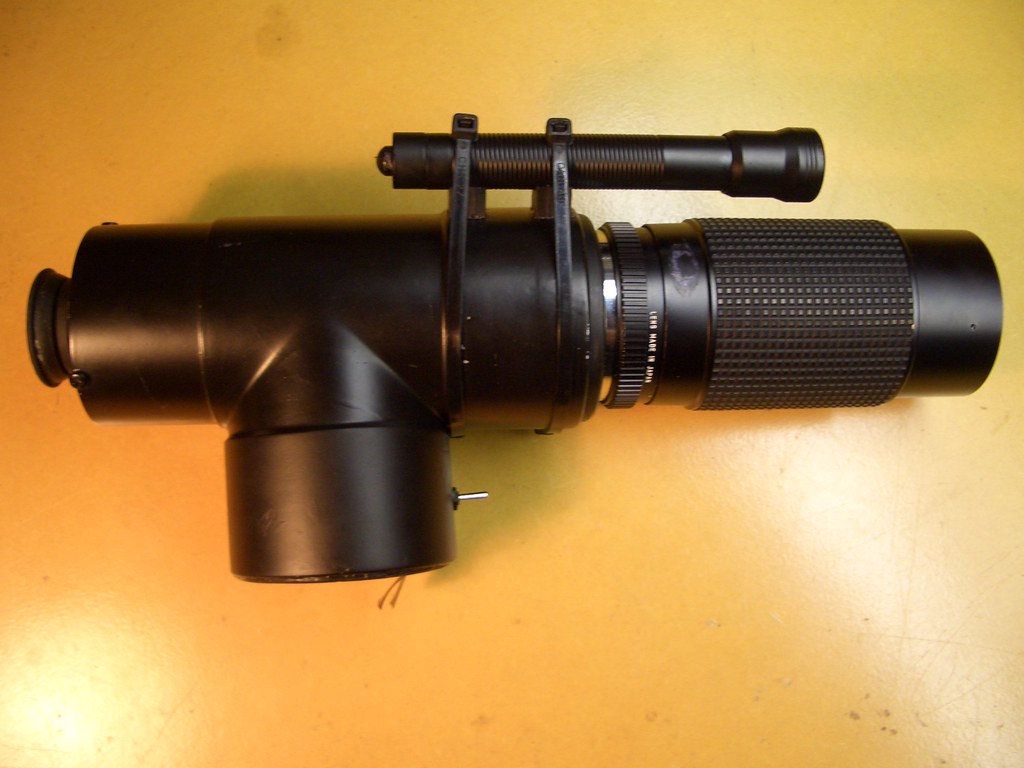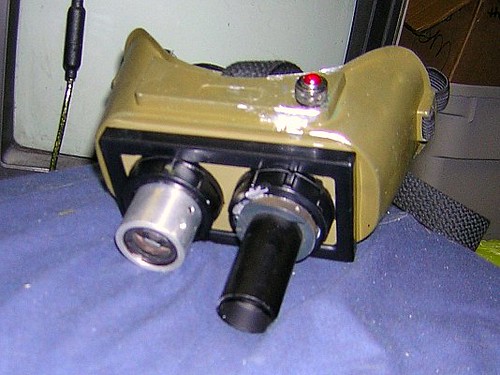
Night vision technology, a critical tool for military operations, law enforcement, and outdoor enthusiasts, has traditionally been limited by the bulkiness and weight of the equipment needed to pierce the veil of darkness. However, a new breakthrough in lightweight, ultra-thin night-vision technology promises to redefine the way we perceive the night.

Researchers from the ARC Centre of Excellence for Transformative Meta-Optical Systems (TMOS) in Australia have developed a transformative film that could potentially turn ordinary glasses into night-vision spectacles. This innovative film, comparable in width to cling wrap and weighing less than a gram, can be applied over existing lenses, vastly expanding the potential applications of night-vision technology. With such an accessible adaptation, the barriers to using night-vision technology in everyday life are rapidly crumbling.

The ARC team’s approach diverges significantly from traditional night-vision systems, which rely on a complex process of converting light photons into electrons, which then generate an image through a phosphor-coated screen. This cumbersome mechanism is unsuitable for miniaturization into a film. The new method, however, exploits metasurface-based upconversion technology, allowing photons to be boosted into the visible light spectrum without conversion to electrons and without the need for cryogenic cooling, which is often employed in traditional systems to reduce ‘noise’ for clearer images.

As chief investigator Dragomir Neshev stated, “Decreasing the size weight and power requirements of night-vision technology is an example of how meta-optics, and the work TMOS is doing, is crucial to Industry 4.0 and the future extreme miniaturisation of technology.”
This revolutionary technology also captures visible and non-visible (or infrared) light in a single image, providing a superior quality view of what lurks in the dark. “This is the first demonstration of high resolution up-conversion imaging from 1550-nm infrared to visible 550-nm light in a non-local metasurface,” said author Rocio Camacho Morales. The aim is to expand the range of wavelengths the device is sensitive to and to explore image processing, which could include edge detection.

The potential applications of this night-vision advancement are extensive and varied. For military and law enforcement, the enhancement means improved situational awareness without the hindrance of heavy gear. In the civilian realm, from enhanced safety in driving to leisure activities after sunset, the technology has the potential to significantly alter nocturnal endeavors.

Complementing this research, DARPA and SRI International are also working on a project called AMPED, striving to create night-vision glasses that are lightweight and provide a wide field of vision with minimal distortion. This project aims to alleviate the physical discomfort associated with current night-vision goggles and to broaden the wavelength bands they can detect. As described by Rohith Chandrasekar, a program manager in DARPA’s Defense Sciences Office, wearing current night vision goggles is like “wearing a baseball cap all day with a two-pound weight attached to the front of the bill,” highlighting the need for a design overhaul.

The future of night-vision technology is not limited to glasses. The University of Michigan engineers have developed smart contact lenses with built-in infrared sensors using graphene. These lenses are thin and comfortable, allowing wearers to see in the dark without any noticeable external devices. This advancement points to a future where night vision could be as simple as wearing contact lenses, with a range of applications from military use to healthcare and wildlife conservation.
Relevant articles:
– Night-vision lenses so thin and light that we can all see in the dark, New Atlas
– How Do Night Vision Goggles Work?, wonderopolis.org
– ENVision: Lifting the veil of the night using lightweight night vision glasses, sri.com
– What are Night Vision Lenses, AGM Global Vision
